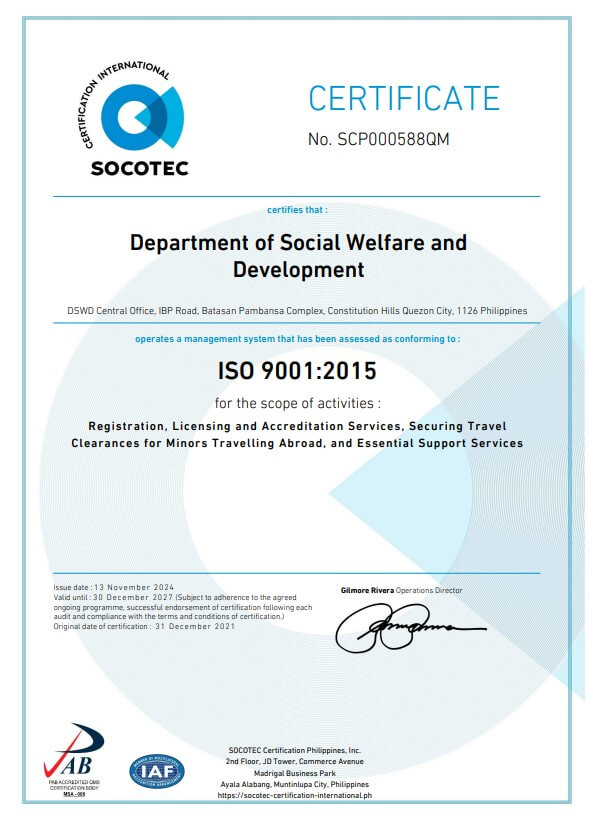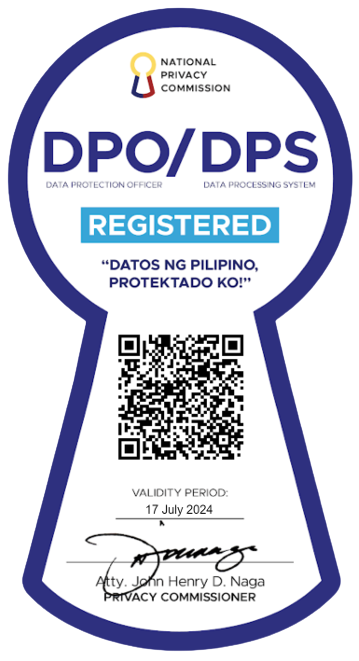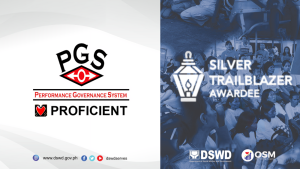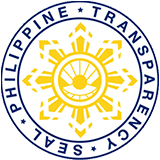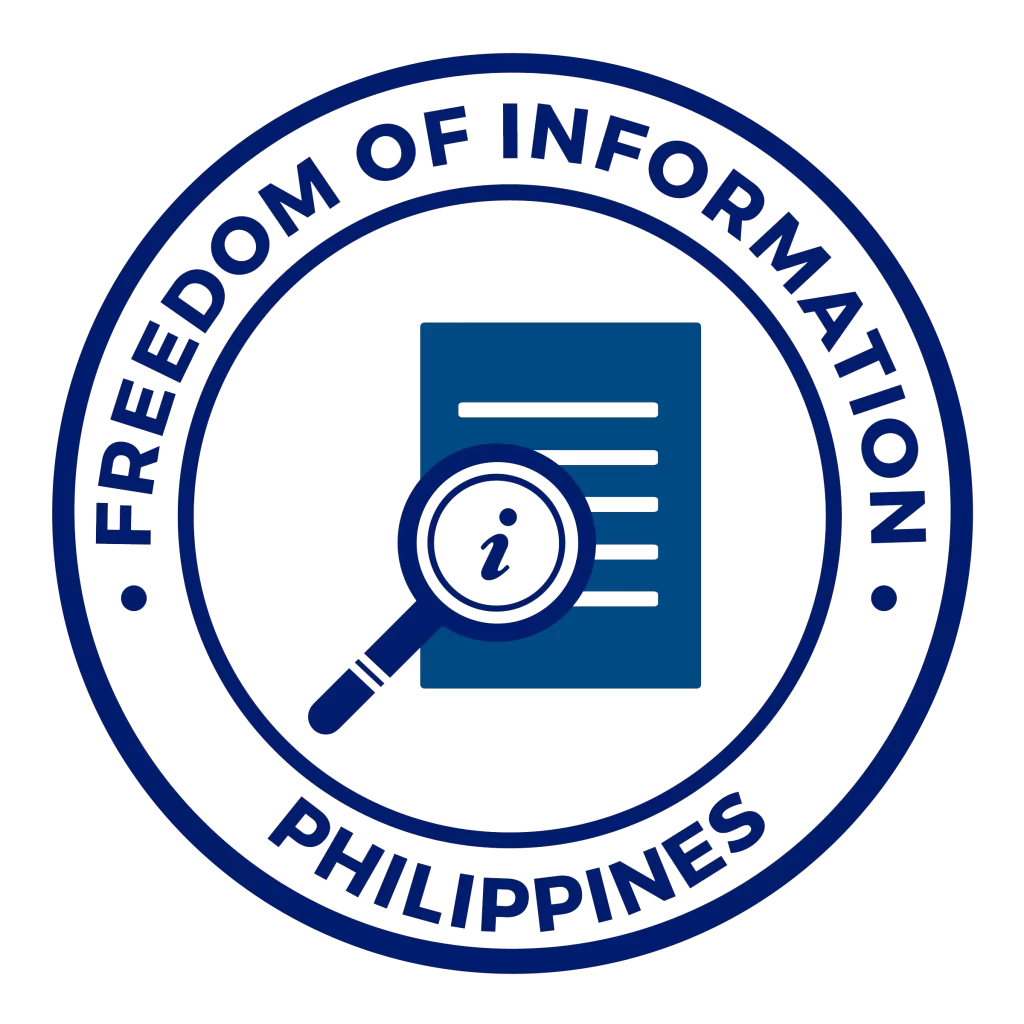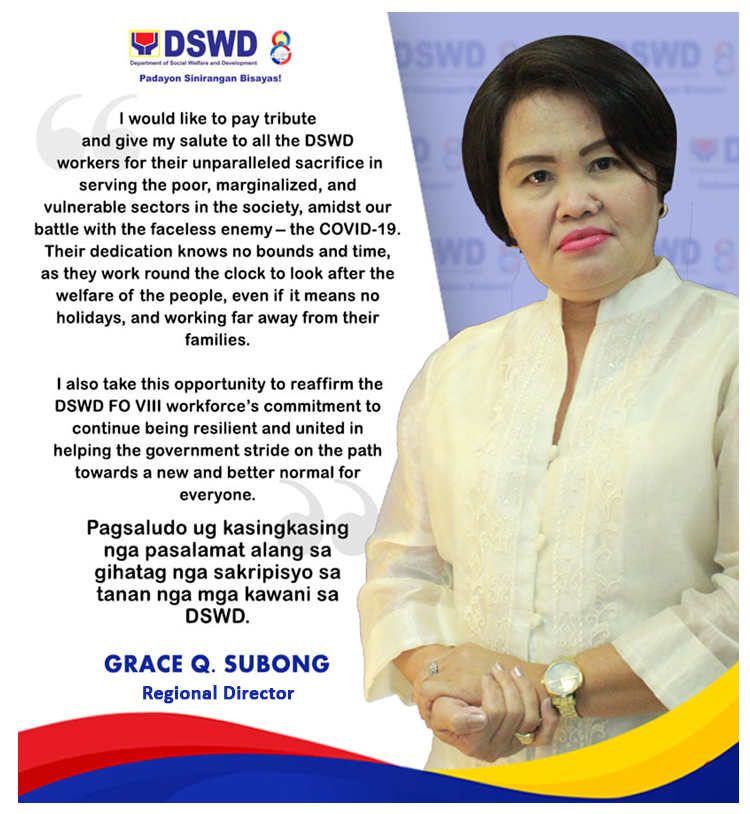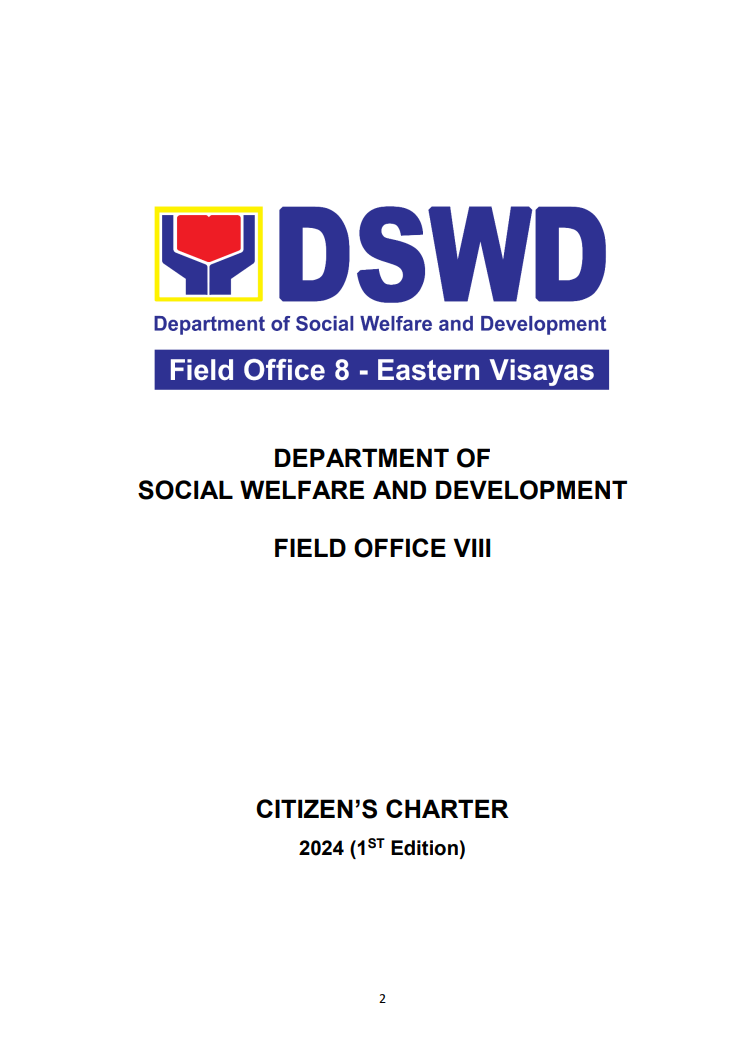“Dako an amon kalipay nga mayda kami hini nga project han KALAHI-CIDSS nga box-culvert kay na-solbar na an amon mga problema ha kabataan nga na-eskwela ha panahon hin tag-uran pati ha amon pakabuhi.” (We are really so happy that we have this project of the KALAHI-CIDSS called the box-culvert because we were able to solve our problem with the children who goes to school during rainy days and also with our livelihood.), says Marilyn Asis, 57, Chairperson of the Barangay Sub-Project Management Committee (BSPMC) of barangay Cabadsan, Alang-Alang, Leyte.
Marilyn is just one of the other community volunteers of barangay Cabadsan who can tell so many changes that occurred when Kapit-Bisig Laban Sa Kahirapan- Comprehensive and Integrated Social Services (KALAHI-CIDSS) Project of the Department of Social Welfare and Development (DSWD) was implemented in the municipality. She added that more than a 100 students and pupils from their barangay could no longer attend school when heavy rain starts to pour, because of the possibility that the water from the river will rise and they won’t be able to get back home safely.
Barangay Cabadsan was on top of the prioritized barangays from among 52 barangays in the municipality of Alang-Alang for KALAHI-CIDSS sub-project implementation. With the Community-Driven Development approach of the project, the community is the one who decides as to what sub-project needs to be realized out of the problems they identified and presented during a Participatory Situation Analysis activity.
From there, the community plans out and makes a proposal to materialize the solution to their topmost problem with the local government unit’s quick response to facilitate along the process.
Christina Gatila, 43, member of the BSPMC also shared her experiences, now as an empowered citizen. She is a mother of three and a plain housewife as she was not able to finish college. Now, she tells her story as a person coming out of the shell to be one with the community and work towards development. Christina enthusiastically narrated that she learned a lot along the implementation of KALAHI CIDSS.
“An KALAHI-CIDSS project amu an rason kun kay ano kami yana nagkaka-urusa,” (KALAHI-CIDSS is the main reason why we are now united), says Christina. She calls the feeling indescribable because from the very beginning they just know people in their barangay by face or by family name. With the implementation of the sub-project, they get to know each other personally.
The community volunteers spend most of their time to finish the sub-project. For Christina and Marilyn, seeing themselves working as one make them more inspired for Cycle 2. They added that most of them who worked to materialize the project could proudly tell that they could now cross the bridge with dignity and pride.

